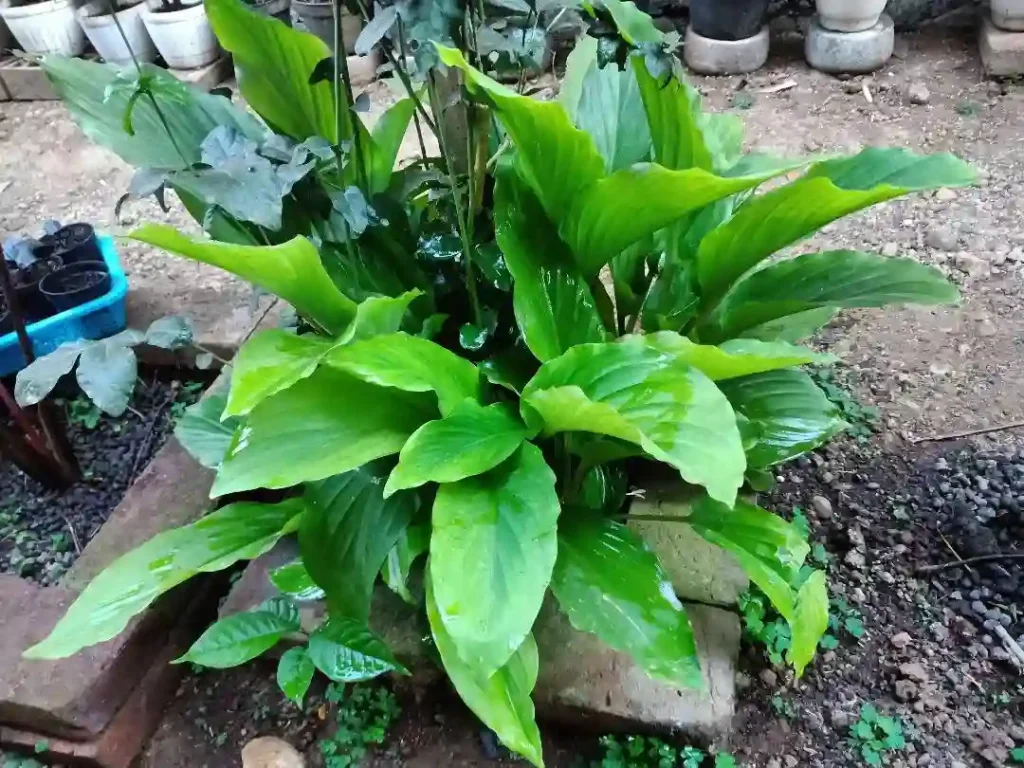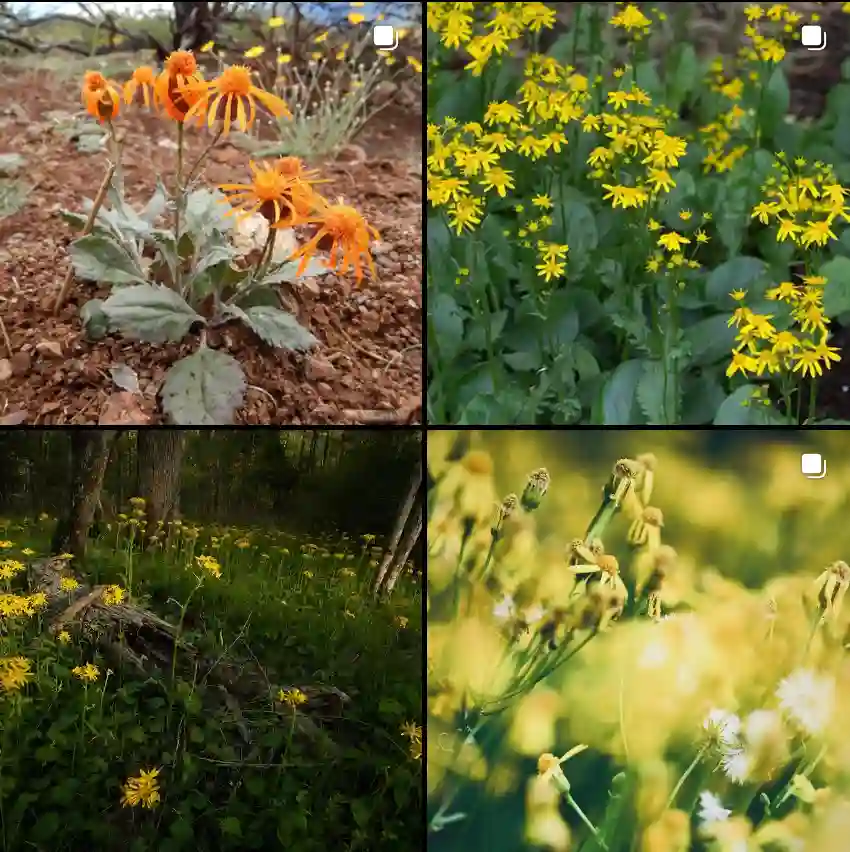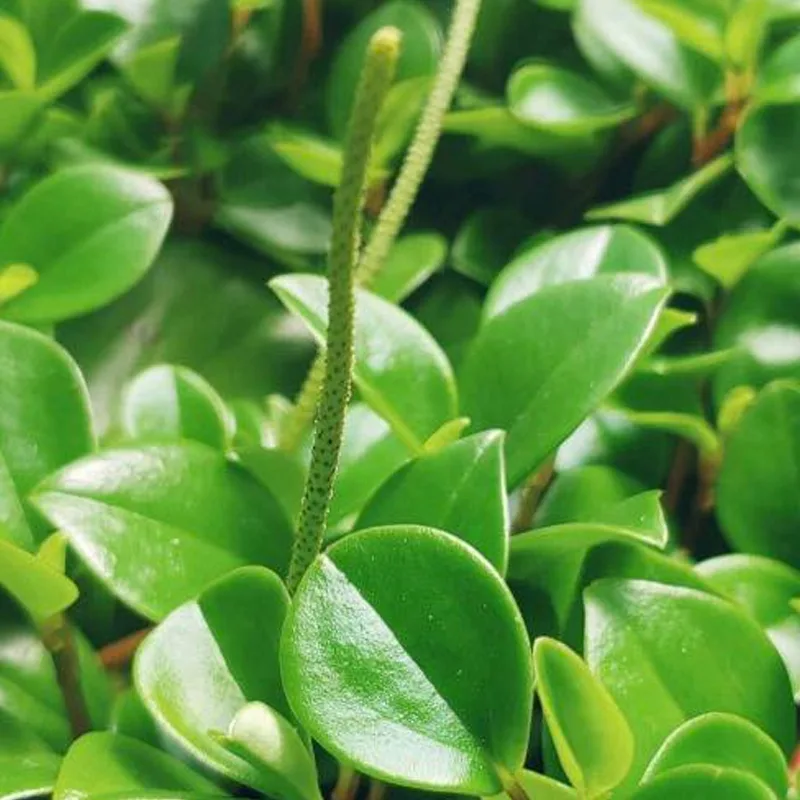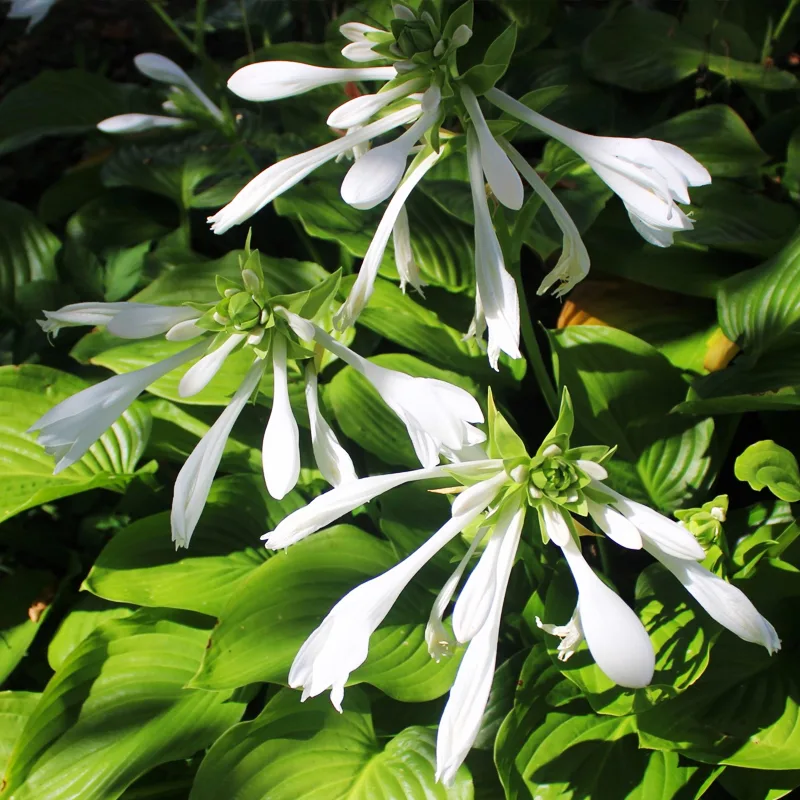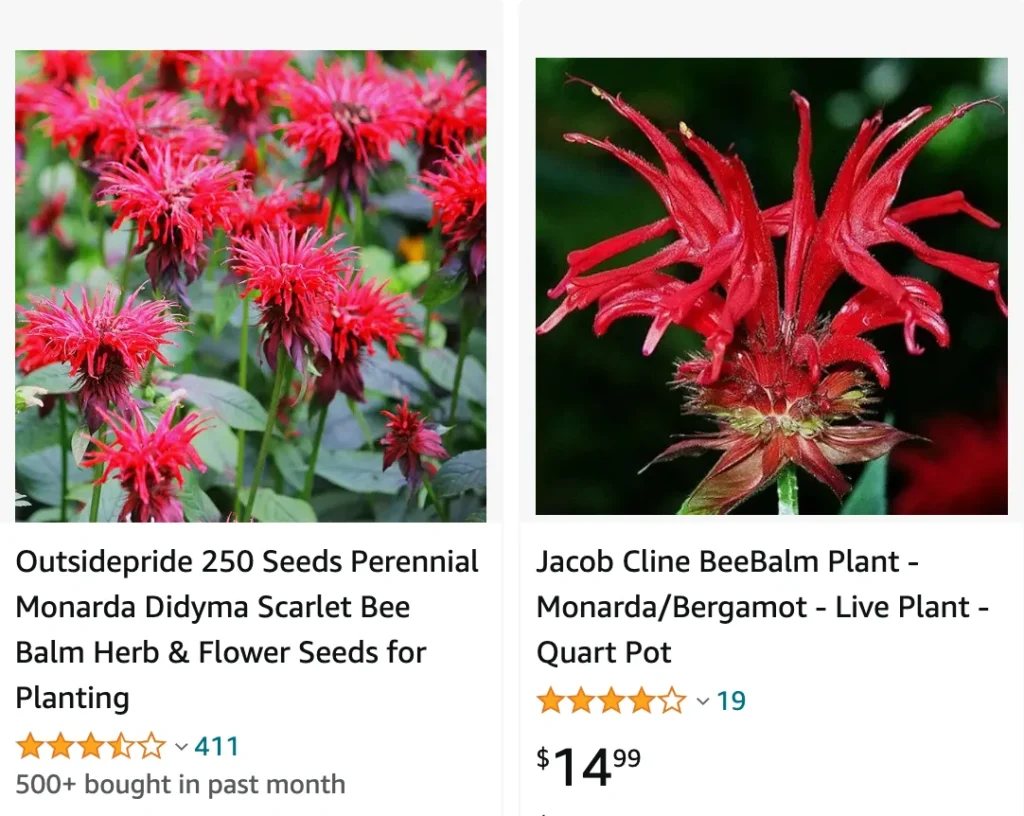
Monarda Jacob Cline: A Striking Addition to Your Garden
Few perennials boast the visual impact of Monarda Jacob Cline. Its fiery red blooms hold court in the summer garden, attracting hummingbirds and butterflies with their irresistible nectar. But beyond its beauty, Jacob Cline offers a surprising amount of low-maintenance charm. As a fellow gardener with a penchant for low-fuss plants, I’ve been thoroughly impressed by this particular bee balm.
Here, I’ll share my experience with Monarda Jacob Cline, covering everything from its blooming habits to easy care tips.
25 Species in Genus Monarda – Bee Balm
How to plant Monarda Jacob Cline?
Monarda Jacob Cline, also known as Bee Balm ‘Jacob Cline,’ is a cultivar of Monarda didyma. This specific variety is prized for its exceptional disease resistance, particularly against powdery mildew, a common foe of bee balm.
Jacob Cline thrives in full sun to partial shade, reaching a mature height of 4-5 feet. Its vibrant red blooms appear in dense clusters starting in early summer and continue the show well into early fall. The sturdy stems hold the flowers aloft, creating a truly eye-catching display.
Planting is a breeze. Choose a location with well-drained soil and amend it with compost if needed. Space your Jacob Cline plants 14-18 inches apart to allow for proper air circulation.
How to care for Monarda Jacob Cline?
The beauty of Monarda Jacob Cline lies in its easygoing nature. Here are some basic care tips to ensure your bee balm flourishes:
- Watering: Water regularly during the first growing season, especially during hot and dry spells. Once established, Jacob Cline is surprisingly drought tolerant.
- Deadheading: To encourage continuous blooming, deadhead spent flowers by pinching them off just below the flower head. This simple step will prevent seed formation and keep the plant focusing its energy on producing new blooms.
- Dividing: Every 3-4 years, you can divide your Jacob Cline plants to rejuvenate them and create new ones. Early spring or fall is the ideal time for division.
When Does Monarda Jacob Cline Bloom?
As mentioned earlier, Jacob Cline puts on a floral display starting in early summer and continues blooming through early fall. This extended bloom period makes it a valuable addition to any garden, providing a burst of color for months on end.
Do Deer Like Jacob Cline Bee Balm Monarda?
Deer are notorious for munching on unsuspecting garden plants. Thankfully, Monarda Jacob Cline is not on their preferred menu. The foliage possesses a mildly minty fragrance that deters deer, making it a great choice for gardens prone to deer browsing.
How to Revive Monarda Jacob Cline?
Monarda Jacob Cline is a relatively resilient plant. However, if your plant appears wilted or lacks its usual vigor, there are a few things you can try:
- Check the soil moisture: Ensure the soil is not overly dry. Give your Jacob Cline a good soaking if needed.
- Deadheading: Remove spent flowers to encourage new growth.
- Fertilize: A light application of a balanced fertilizer in early spring can give your plant a boost.
Companion Planting with Monarda Jacob Cline
Monarda Jacob Cline pairs beautifully with a variety of other plants. Here are a few ideas:
- Yellow flowers: Achillea (Yarrow) creates a stunning color contrast with the red blooms of Jacob Cline.
- Purple flowers: Russian Sage complements the red tones with its cool-toned purple flowers.
- Grasses: Ornamental grasses add a textural element and sway gently in the breeze alongside the bee balm.
By incorporating Monarda Jacob Cline into your garden, you’ll not only add a vibrant pop of color but also attract beneficial pollinators like hummingbirds and butterflies. With its easygoing nature and stunning blooms, Jacob Cline is a surefire winner for any gardener seeking low-maintenance beauty.
If i die, water my plants!
